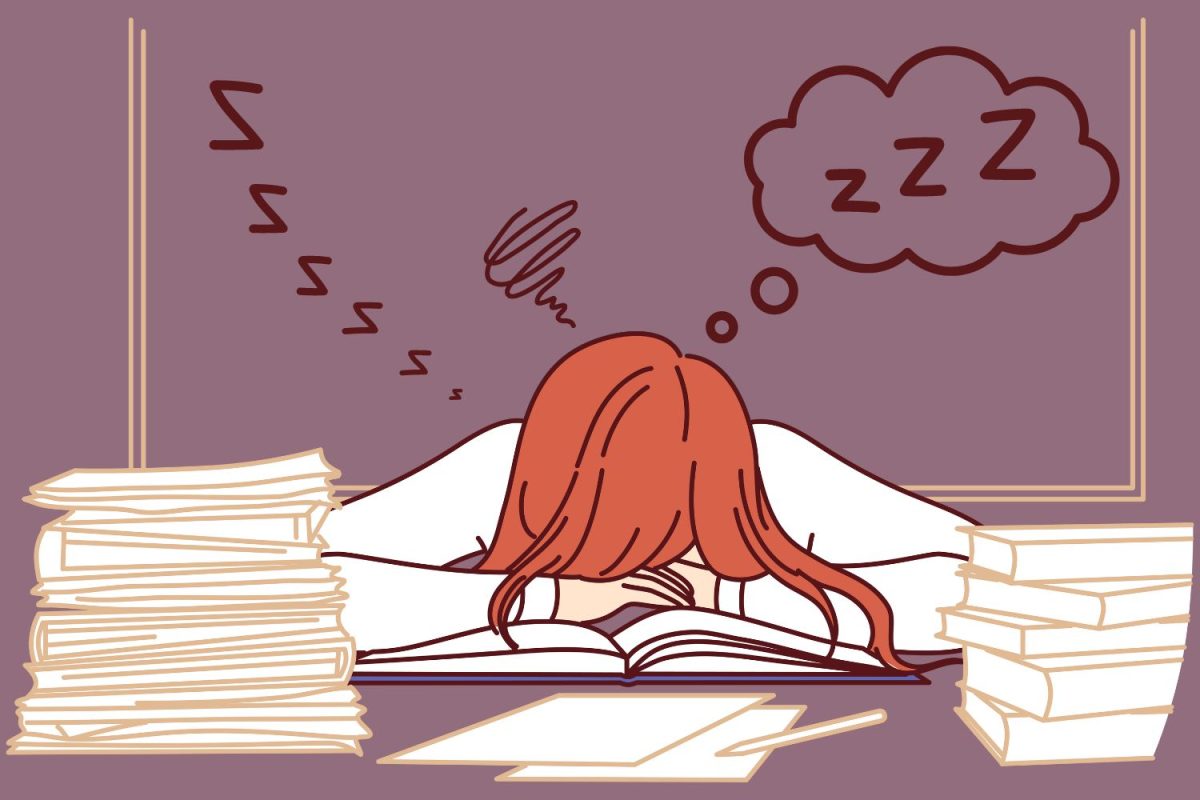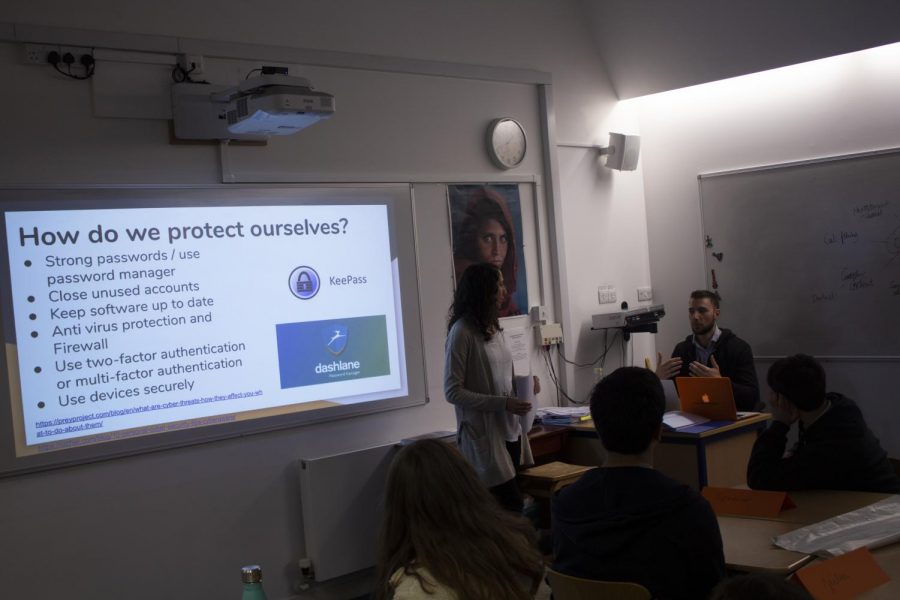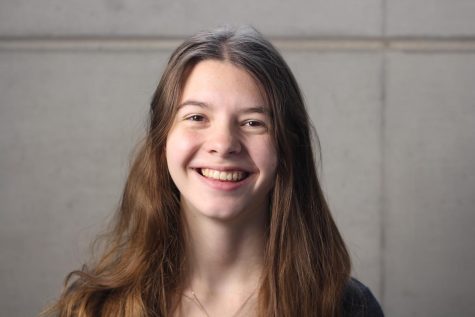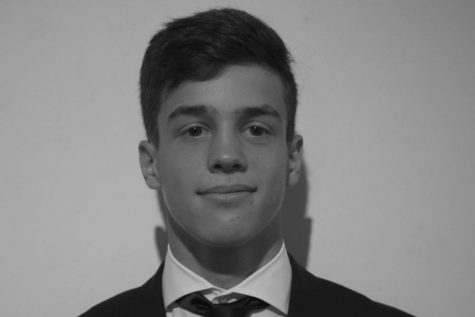Over the past five years, the school curriculum has worked to incorporate a new class called Wellbeing into the Grade 9 and 10 curriculum
The new course has replaced study hall for Grade 9 and 10 and incorporates PE as well as Health (plus an additional digital aspect).
The PE and Health class structure was changed to fit into the kindergarten through Grade 12 progression of learning social-emotional skills.
The digital aspect of the course was added to help students be more aware and proactive in the current digital age.
The Wellbeing class’s goal is to teach students mainly social-emotional (such as working in a team) and other physical skills that will help them and that students can keep with them throughout their entire life. The establishment of the course was inspired around the new Wellbeing classes that have been adopted in each division of the school, such as psychology classes, yoga and practicing mindfulness in middle school. The social-emotional aspect that each part of the course aims to develop is the foundation of who people are, and the goal after taking the course is to have developed skills that students can keep with them throughout their life.
A curriculum review group led by Director of Teaching and Learning Robyn Chapel helped establish the course in each division of ASL: Lower, Middle, and High School, fitting into the scale of starting to talk about rights and knowing about your body in K1, to continuing to talk about sexuality and drugs and alcohol in advisory in Grade 12.
In High School, the Wellbeing course includes PE, Digital Wellbeing, and Emotional Wellbeing. PE has changed this year to fit with the wellbeing course, having it twice a cycle and instead of being graded, being part of the pass//fail course in hopes of seeing student growth throughout the year. It follows the traditional courses like in middle school, including rock climbing, badminton, tchoukball, and swimming. During the PE courses, alongside the basic skills that accompany each unit, students have an emphasis on working as a team and developing social, emotional skills.
The hope for wellbeing is that it’s creating a space for students to talk about important issues that wouldn’t be talked about otherwise, that students are really equipped with up to date information, and that ultimately it’s going to positively impact students mental and physical health.
— Robyn Chapel, Director of Teaching and Learning
Digital Wellbeing focuses on learning about the online world, which includes being investigating the reliability of websites, how to check if the news might be biased in any way, and even learning about online protocols and other protocols. The aim of this aspect of the course is for students to learn about their digital footprint, as well as staying safe when being online.
The final aspect of the wellbeing curriculum is emotional Wellbeing.
In this aspect, students are encouraged to learn about being mindful, practice meditation and cover topics ranging from time management to sexual harassment.
The administration’s decision to have the wellbeing course be a regular part of the student’s schedule came from student feedback in focus groups and surveys that have been taken over the past couple of years by The Director of Teacher and Learning Robyn Chapel.
The surveys reported that many students wanted to continue talking about difficult topics in Grades 9 and 10, as they felt like it wasn’t impacting the community as much as it potentially could. In the student focus groups that discussed the curriculum, the feedback was that the same topics that were talked about in ninth grade became more prominent issues in tenth. Many students thought that having the wellbeing course extend another year would help combat this.
“The hope for wellbeing is that it’s creating a space for students to talk about important issues that wouldn’t be talked about otherwise, that students are really equipped with up to date information, and that ultimately it’s going to positively impact students mental and physical health,” said Chapel.
From a student’s perspective, the wellbeing course has a varying amount of impact.
On one hand, the wellbeing course is something new and interesting that breaks up a maybe monotonous school day. Matthew Sherman (’23) really enjoys the wellbeing course.
“There are things that we’ve already covered in earlier grades, but the newer aspects like rock climbing and meditating makes the course really interactive and different from other classes,” he said.
However, some students feel that although the course might have future uses, it doesn’t make up for the study hall that used to be in place.
Keira Kalimtgis (’23) has a different view of Wellbeing.
“I understand the point of wellbeing, but I think that in freshman year when we’re all trying to transition into high school, a study hall period is really useful, and without that, we have to either use one of our elective spots as a study hall or not be able to have one at all,” she said.
While Kalimtgis acknowledges the benefits of the class, she voices that a study period would be more useful, especially just starting high school.
“I understand it’s an important class, but I think most of the grade would benefit from that time to work as well.






